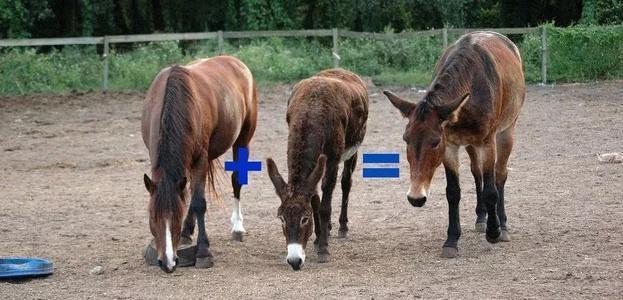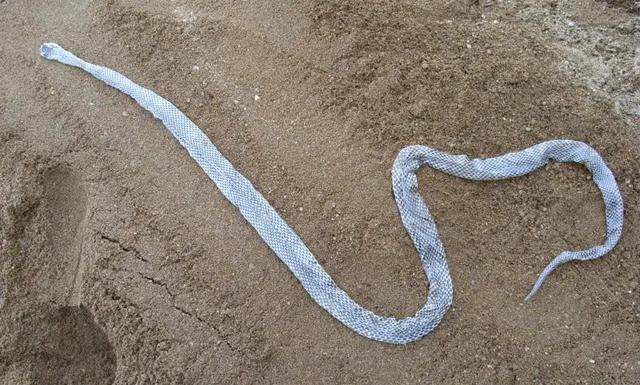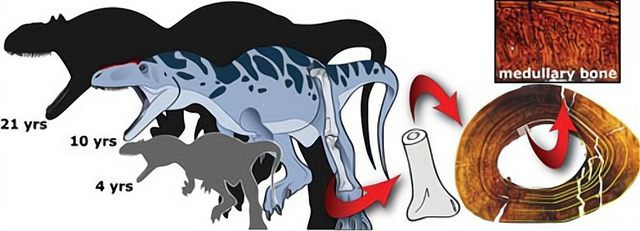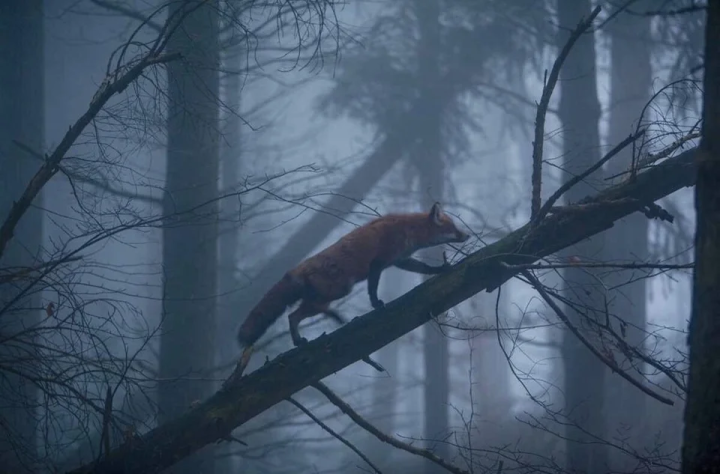In the northern part of australia's great barrier reef, scientists have found that 99% of young green turtles are female, and the percentage of male green turtles is very small, almost close to zero. In the cooler southern part of australia's great barrier reef, the percentage of female young green turtles is not as high, but it is 65 to 69 percent. The scientists believe that such a serious gender imbalance in green turtles may have been influenced by the warming climate. This is because scientists have found in their research that the sex of green sea turtles can be affected by the temperature of the environment and change. In the green sea turtle hatching eggs, the beach temperature if more than 29.3 ℃, then there will be more female green sea turtle babies born.
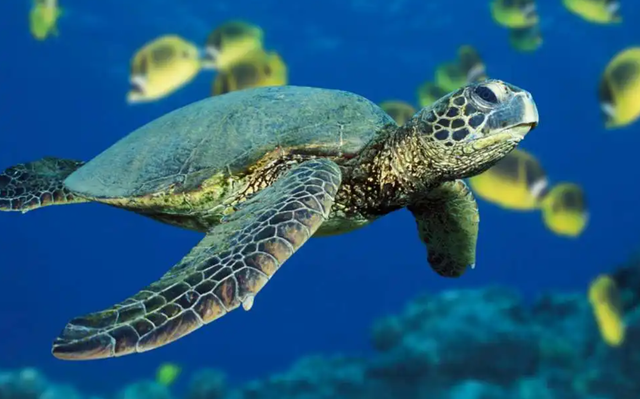
Scientists have expressed concern about such a high percentage of female green turtles because it is certainly not conducive to the expansion of the green turtle race, but rather it will lead to the green turtles into a situation where they are facing extinction. Because the reproduction of these green turtles requires male and female green turtles together to complete the genetic exchange to achieve, and the number of male green turtles is getting smaller and smaller, even if there will be a large number of female green turtles in a short period of time, they are unable to complete the heavy task of reproducing offspring alone. After all, only male green turtles can make female green turtles "Pregnant", other turtles can not make these female green turtles "Pregnant". The reason for the inability to produce love children between different races is reproductive isolation.

How terrible is reproductive isolation?
Theoretically, there must be reproductive isolation between different species, which is a common phenomenon in nature, including reproductive isolation between us humans and other species. It is actually quite understandable that animals and plants cannot complete gene exchange with each other, not to mention that their genetic information is completely different, and their cell structures are different, for example, plant cells have cell walls and chloroplasts, while animal cells do not have these. What is the case that there is reproductive isolation between species?
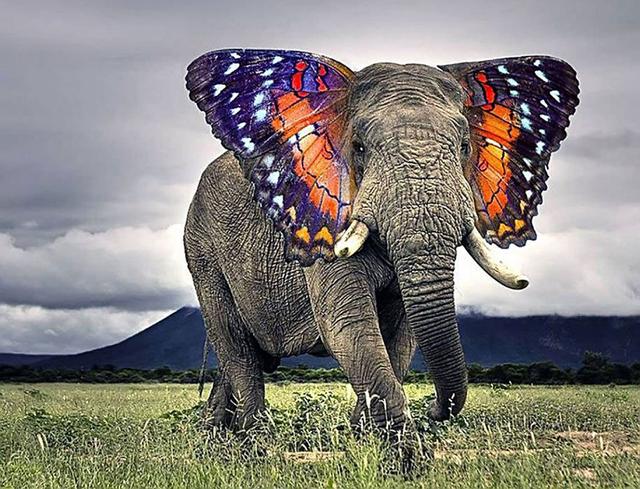
Reproductive isolation is a restriction on the union of different species, even if they are closely related, they generally do not mate under natural circumstances, and even if some closely related species sometimes mate with each other, they generally cannot produce offspring or the offspring are infertile, which means that even if they can combine and produce offspring, their offspring cannot this means that even if they can bond and produce offspring, their offspring cannot continue to reproduce.

If there is no reproductive isolation between organisms on earth, there may be various "Hybrids" Between different species, such as pig-cow hybrids, cat-dog hybrids, cow-sheep hybrids, cow-horse hybrids, which would seem to increase the diversity of species on earth. Population decreases and faces the risk of extinction.
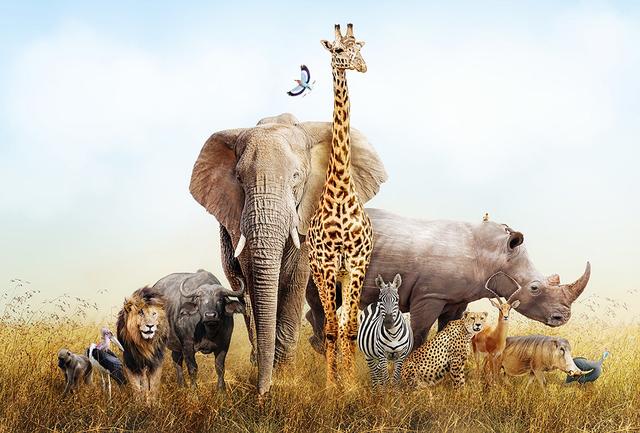
Reproductive isolation prevents these situations from occurring, and even though some individuals of different species sometimes mate, they generally cannot produce offspring, or the offspring they do produce cannot continue to reproduce. This is the horror of reproductive isolation, and the existence of reproductive isolation is very important for the genetic "Purity" Of earth's species.

It is important to understand that each species has its own unique genetic information, and although there are some species that are closer in kinship, they have different genetic information. Once there is no reproductive isolation between the earth's creatures, then these species continue to "Interbreed", the earth's species genes will be very confusing, we may really see a variety of strange and bizarre creatures. If we humans and other species can also complete the combination, then our human lineage may not be the way it is now, there may really be a sphinx like creatures exist.

Available hybridization technology to save endangered animals?
Although under normal circumstances different populations will not be able to give birth to a love child because of the existence of reproductive isolation, but in the scientific laboratory, scientists still have a way to make different species of some genetic information combined together. For example, van oppen, a scientist at the university of melbourne in australia, has used hybrid breeding techniques to edit and improve the genes of corals so that they can survive in warmer waters. In theory, such a technique seems to be able to save corals that are in a desperate situation. Because in the past 30 years, almost half of the earth's corals have died, and the cause of these coral deaths is climate warming, that is, the earth's temperature is rising. If these corals can be made to better adapt to an increasingly warmer earth, then their rate of death will slow down.
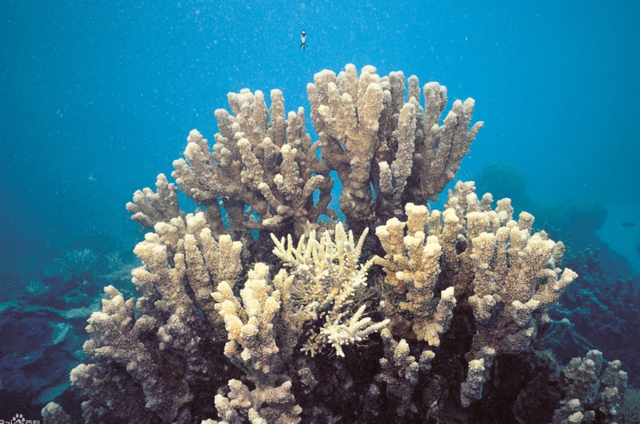
However, some scientists believe that such hybrid breeding techniques are not suitable for all endangered organisms. Because after gene editing, the genetic information of all these species will change, meaning that the original one may eventually be replaced by the new species produced by the cross-breeding technology. Scientists are justifiably concerned, and there have been historical "Tragedies" Of this kind. In scotland, some wild cats were crossed with domestic cats, and the number of those wild cats is getting smaller and smaller, now only a few hundred, and it is expected that in the near future, the pure scottish wild cats will disappear. Therefore, at present, when saving these endangered species, it is usually to introduce the same species from other regions to let them complete the union naturally or to help them breed their offspring.
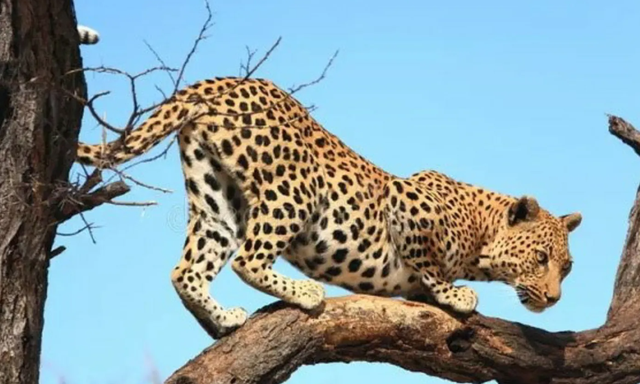
For example, in the mid-1990s, the jaguar in florida, usa was on the verge of extinction, when the number of jaguars in the region was only about 25, and then researchers introduced eight jaguars from texas, which eventually allowed the florida jaguar to reproduce successfully.

